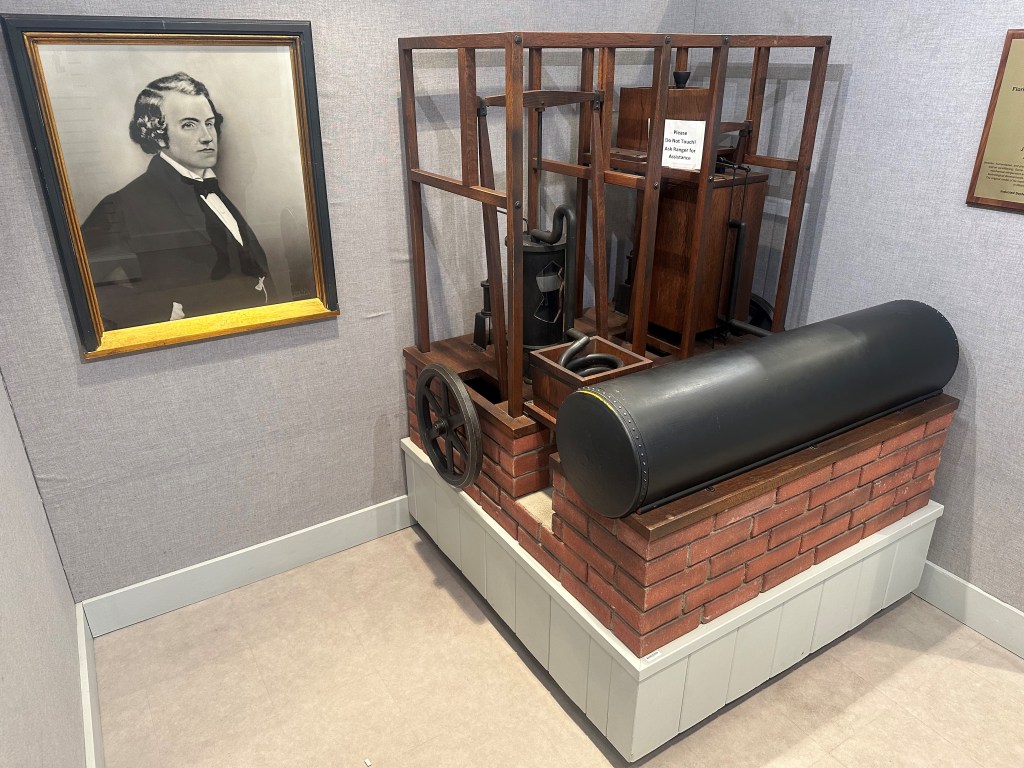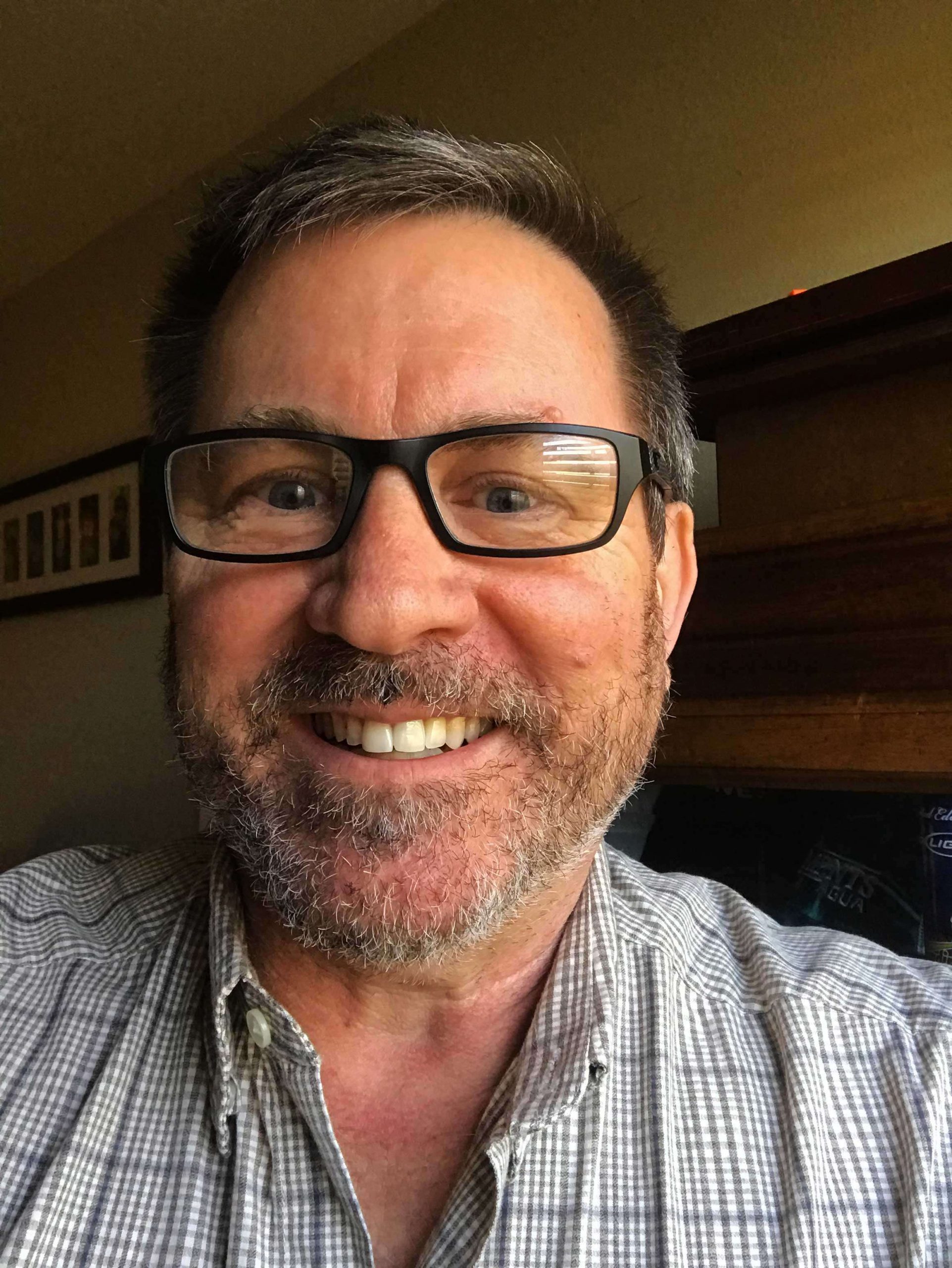
The city of Apalachicola has a rather cool past, as it’s considered the birthplace of mechanical refrigeration. Residents of the Gulf Coast town, now with a population of 2,341, also plied nature with sizeable lumber, cotton, and seafood industries.
Along with these factoids, the Bassmaster Redfish Cup contingent is learning the name Apalachicola, translated from its Indian roots as “Land of the friendly people,” is spot on.
With a source of fresh water and plenty of game, native cultures can be traced back to 2000 BC. Archaeologists have estimated the population in the area surpassed 40,000 at one time.
The first European explorer, Panfildo de Narvaez, visited Franklin County in the early 1500s. The first non-indigenous settlement was a 1705 Spanish Fort built near the mouth of the Apalachicola River, which meanders down from Bassmaster tournament venue Lake Seminole.
Before the Revolutionary War, the British established a trading post here called Cottonton. Florida was ceded to the United States in 1821, and the city was incorporated as West Point before renaming to Apalachicola in 1831.
Before the Civil War, the region experienced a booming cotton trade, and a huge timber industry emerged. The Scipio Creek Boat Basin, site of this week’s Redfish Cup tournament activities, was ground for the Pennsylvania Tie Company, which cut railroad ties from nearby cypress trees.
With timber demand rising, commerce on the river system grew from $2 million in 1898 to more than $13 million by 1903. A few years later, the Apalachicola Northern Railroad helped improve lumber shipping, which flourished until the mid-1920s.
Starting with oysters around 1836, the seafood industry helped shape Apalachicola’s maritime heritage. German immigrant Herman Ruge utilized pasteurization for Florida’s first successful commercial cannery, and Joseph Messina’s Bay City Packing sent Pearl Brand oysters and shrimp to northern markets. Fresh seafood businesses continue in a smaller capacity.
Sport fishing has increased, with charters for bay species like redfish, speckled trout, flounder, tripletail, black drum, pompano, and Spanish mackerel. Gulf trips are available for species including tuna, snapper, wahoo, and swordfish.
There was also a short-lived yet profitable sponge trade in the region, which once ranked third in the state. Around 1879, 16 mother vessels went out with rowboats on monthlong excursions. Spotting sponges through clear waters, “hookers” with long poles would snare them, fill the boats and send them across the country. Today, the Apalachicola Sponge Co. offers a variety from its store near the waterfront.
There’s an elementary school named after botanist Alvan Wentworth Chapman, who came to the town in 1847 and published Flora of the Southern United States in 1860.
Apalachicola was home to Major League second baseman Jimmy Bloodworth, who played for five teams from 1937 to 1950. He said his strong upper body came from pulling boats across the bay.
Native Richard Heyser, who joined the Air Force after seeing WWII pilots training from nearby Tyndall Field, flew the Lockheed U-2 over Cuba. His photographs revealed Soviet ballistic missiles and precipitated the Cuban Missile Crisis in 1962.

Perhaps the most celebrated Apalachicola resident and the one probably every Southerner is most grateful for, is John Gorrie. Serving as a physician at two hospitals and combatting yellow fever, Gorrie believed patients healed better in cooler temperatures. That was initially done with basins of ice suspended from the ceiling, but Gorrie experimented and developed the cold-air process of refrigeration.
Gorrie patented his ice machine in 1851, and his invention set the framework for the development of modern refrigeration and air conditioning. His machine was designed to “convert water into ice artificially by absorbing its heat of liquefaction with expanding air.”
Floridians certainly pay homage. The John Gorrie Museum, in the state park named for him, has a replica of his ice machine. There’s also a statue of him in town and the U.S. 98 bridge is named for him.
Salute Dr. Gorrie, he was one cool cat.





